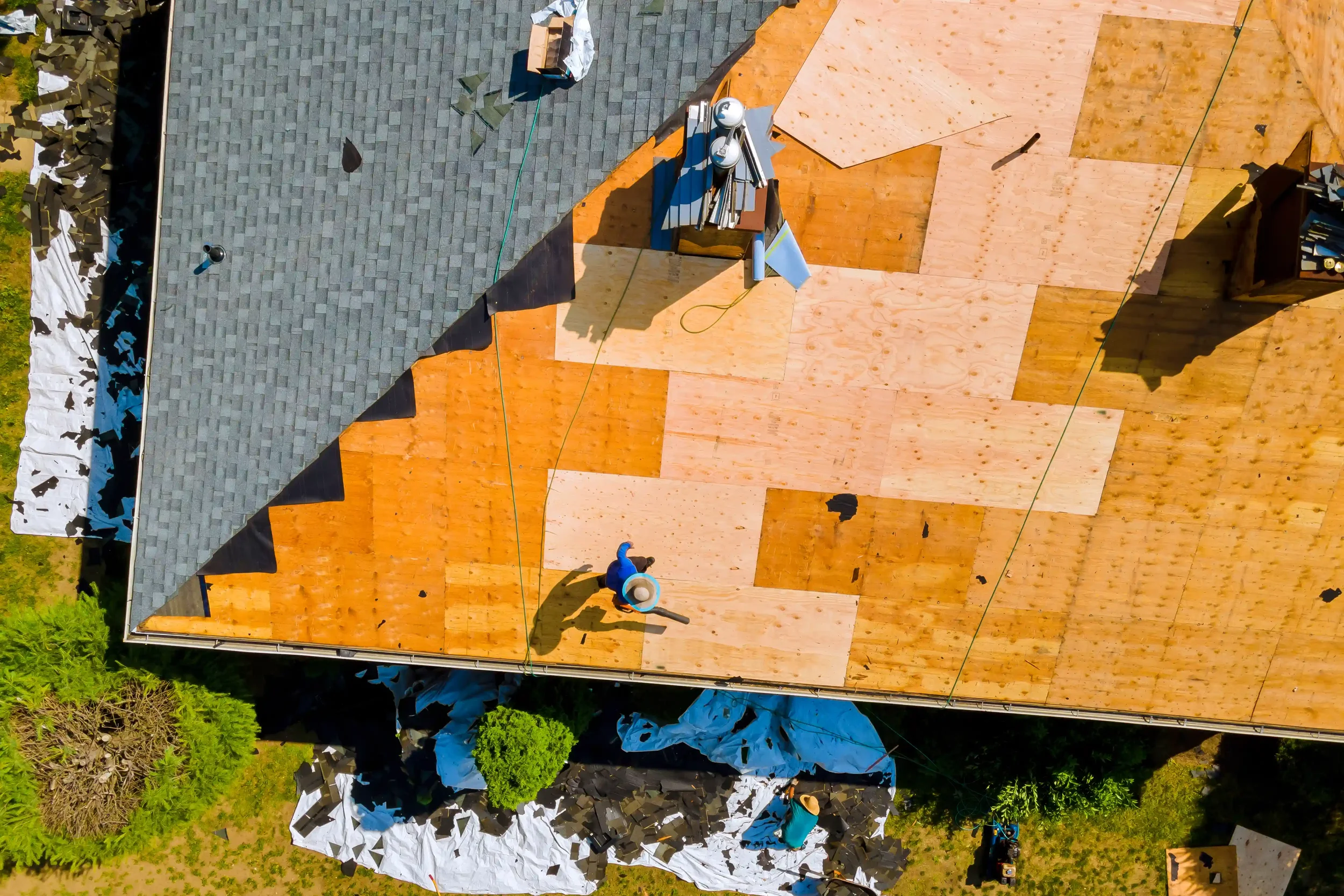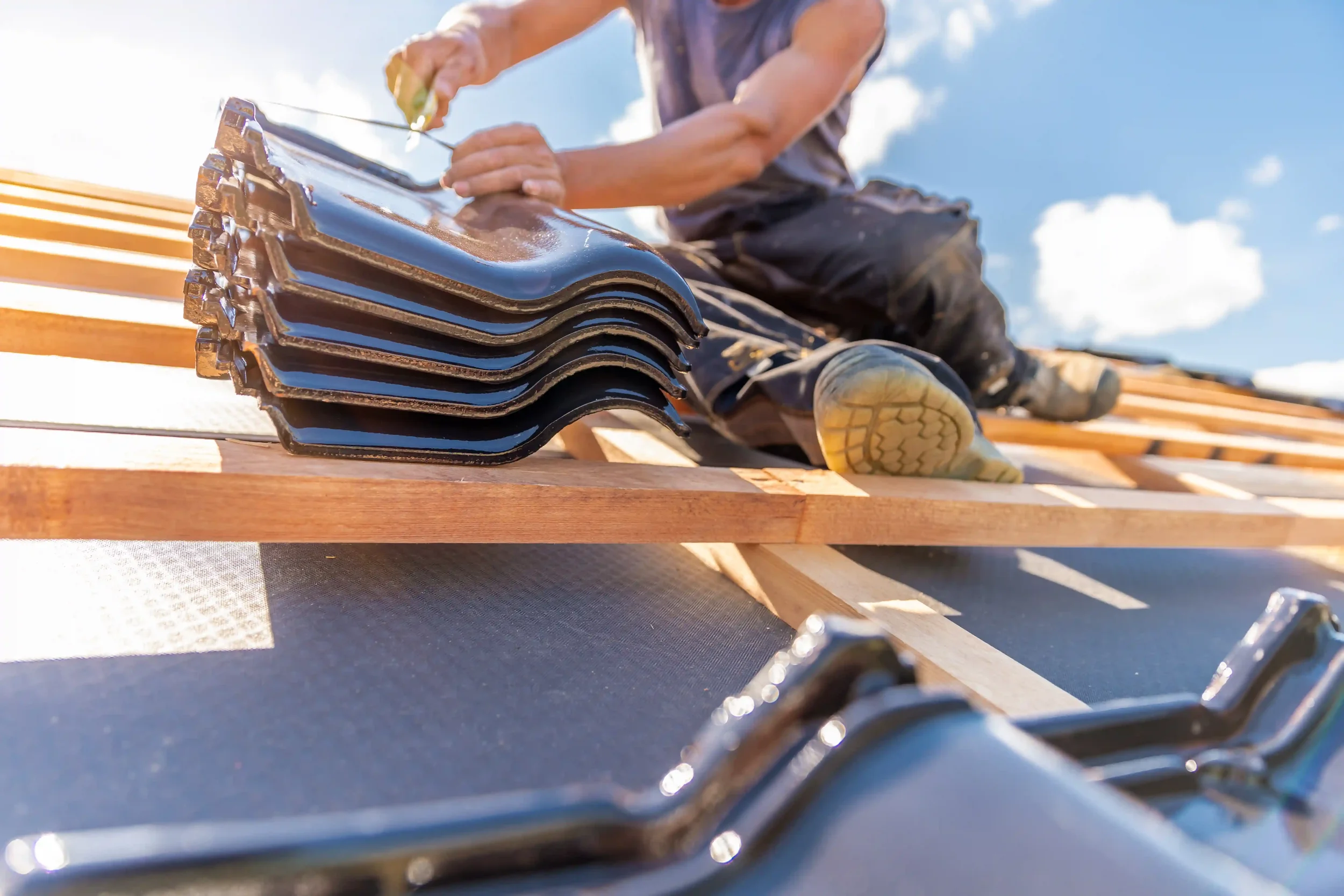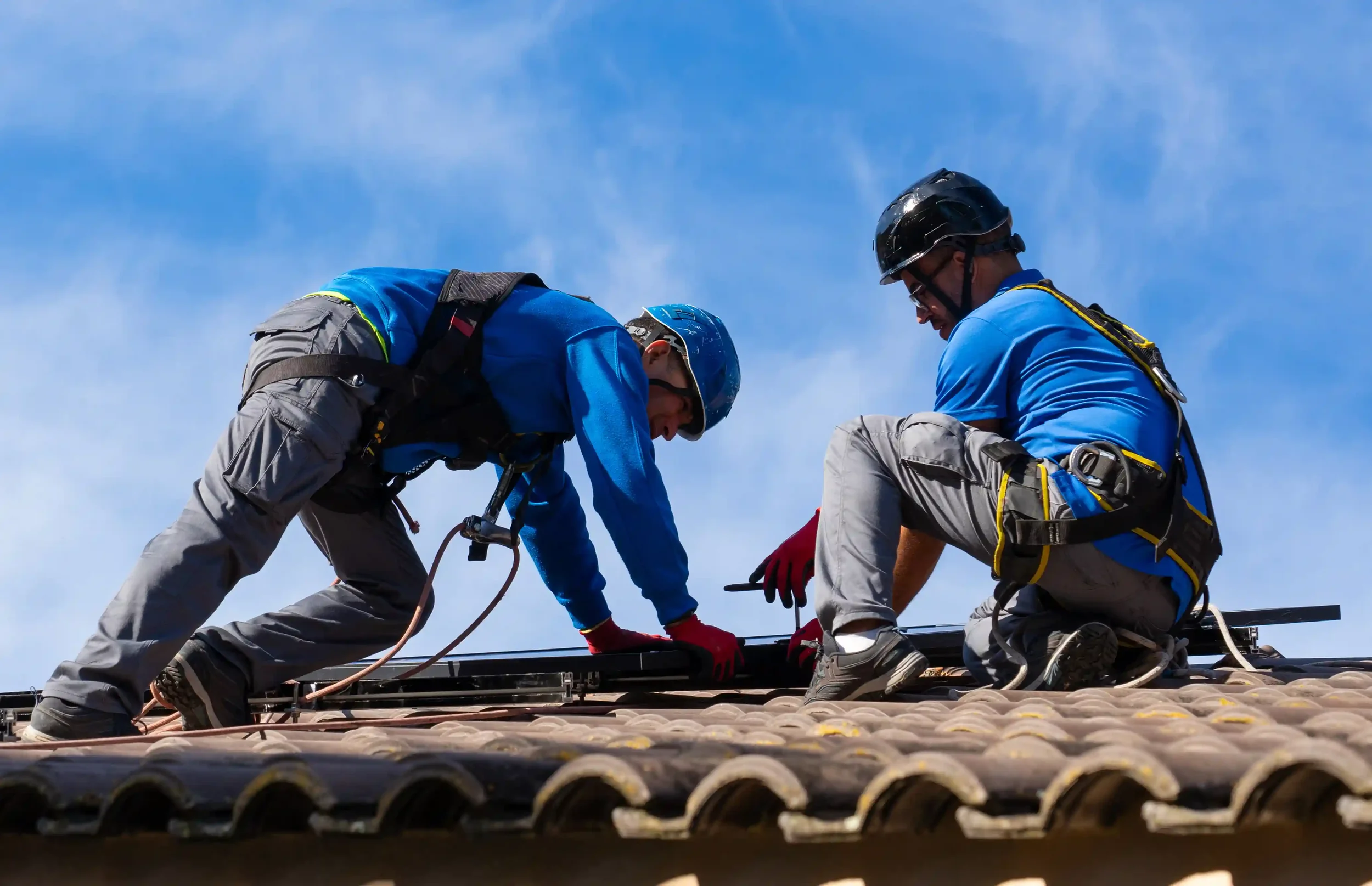The Ultimate Guide to Roof Replacement, Repairs, and Maintenance
When it comes to protecting your home or business in New Jersey, few things matter more than your roof. It’s your first line of defense against rain, snow, hail, wind, and the blazing summer sun. But here’s the truth we’ve learned after years of working with local property owners: most people wait until it’s too late to think about their roof.
We get it — roofing isn’t something you think about every day. But whether you own a home in Morris County, manage a commercial building in Newark, or have a beach house down the Jersey Shore, your roof has a lifespan. And knowing when to repair, replace, or simply maintain it can save you thousands of dollars and a lot of stress.
That’s why we created this ultimate guide. From spotting the signs of damage to comparing roof types, handling emergencies, and even understanding how gutters and siding play into roof health — we’ve got you covered.
Signs It’s Time for a Roof Replacement
Roofs don’t last forever. But how do you know when it’s time to stop patching things up and go for a full replacement?
Residential Roofs
If you see curled, cracked, or missing shingles, that’s a big red flag. Another sign is granules piling up in your gutters — those tiny pebbles protect asphalt shingles, and once they’re gone, leaks are next. Interior water stains on your ceiling or walls are another giveaway.
Commercial & Flat Roofs
For businesses, flat roofs require close monitoring. Look for standing water (ponding) after heavy rain, bubbling on the membrane, or visible cracks along the edges. These aren’t cosmetic problems — they’re early warnings of leaks.
Material-Specific Warning Signs
Metal roofs: Rust spots, loose seams, or denting from hail.
Tile or cedar roofs: Broken tiles, moss growth, or shifting wooden shingles.
Garages & sheds: Sagging or obvious daylight peeking through boards.
👉 Pro tip: If your roof is 20+ years old (or older for tile/metal), it’s time to schedule an inspection. Waiting can mean water damage that spreads to your siding, insulation, and even your foundation.
“Not sure if it’s time for a new roof? Read our detailed breakdown of the 10 important signs you may need a new roof.”
Comparing Roof Types
Not all roofs are created equal. And if you’re considering a replacement, understanding your options is half the battle.
Asphalt Shingles
The most common in New Jersey. Affordable, quick to install, and available in styles that mimic wood or slate. Lifespan: 20–30 years.
Metal Roofing
Durable, long-lasting (40–70 years), and eco-friendly because it’s recyclable. It’s also great for areas with heavy snow since it sheds quickly.
Tile Roofing (Clay or Concrete)
Beautiful and durable — often lasting 50–100 years. They resist fire and heat but are heavier, meaning not every home is suited for them.
Cedar/Wood Shingles
Natural and rustic. They look amazing but need regular maintenance to fight off rot, mold, and insects. Lifespan: 25–30 years.
Flat Roofing (Commercial & Residential)
Common in commercial buildings, flat roofs use materials like EPDM, TPO, or modified bitumen. Proper installation and maintenance are key to avoiding leaks.
👉 Tip: Don’t just look at cost upfront. Consider lifespan, energy efficiency, and maintenance needs. Sometimes the pricier option pays off in the long run.
Roof Replacement vs. Roof Repairs: What’s Right for Your Home?
Here’s the million-dollar question: should you patch up the problem, or rip everything off and start fresh?
Choose roof repairs if: the damage is small, your roof is fairly young, and the problem is isolated (like a few missing shingles).
Go for roof replacement if: your roof is near the end of its lifespan, damage is widespread, or you’ve been calling for repairs every year.
We often tell homeowners: if you’re paying for repairs more than once or twice a year, replacement may be the smarter long-term choice. It’s an investment, not just an expense.
Emergency Roofing Services: What to Do After Storm or Hail Damage
New Jersey weather isn’t always kind. From Nor’easters to summer hailstorms, your roof takes a beating. So what should you do if disaster strikes?
Stay safe — don’t climb on the roof.
Mitigate damage by placing buckets or tarps inside to catch leaks.
Call a professional roofer immediately. Emergency tarping can prevent further destruction.
Document everything with photos for insurance claims.
Insurance companies can be tough to deal with. Having clear photos and professional reports strengthens your case and ensures you don’t pay more out of pocket than necessary.
How to Choose a Roof Replacement Contractor?
Let’s be real: not all roofing contractors are created equal. Choosing the wrong one can cost you more in re-dos and headaches.
Here’s what we recommend:
Check licenses and insurance. A reputable NJ roofer will have both.
Ask about warranties. Not just manufacturer warranties, but workmanship guarantees.
Look for local reviews and references. A trusted contractor should have a proven track record in your community.
Transparency in pricing. Be wary of vague estimates. A good roofer breaks down material, labor, and additional costs.
👉 Our best advice: don’t pick the cheapest bid. Choose the contractor who balances cost, quality, and experience.
Roof Maintenance Tips to Extend Lifespan
Want to know the secret to getting the most out of your roof? Maintenance.
Here’s a quick checklist by roof type:
Asphalt shingles: Inspect after storms, clear gutters, replace missing shingles fast.
Metal roofs: Wash off debris, check seams for rust, keep fasteners tight.
Tile roofs: Replace cracked tiles quickly, clear moss and debris.
Cedar shingles: Apply preservatives, keep branches trimmed back, look for insect damage.
Flat roofs: Clear drains, inspect membranes, check for pooling water.
General rule: inspect twice a year (spring and fall) and after any major storm.
Affordable vs. Premium Roofing Options
Roofing costs vary widely in New Jersey, and homeowners often feel overwhelmed. Here’s what drives the price:
Material choice: Asphalt is cheapest; slate and tile are premium.
Roof size & complexity: Steep pitches, multiple valleys, or chimneys raise costs.
Labor & expertise: Experienced crews may charge more, but their work lasts longer.
Add-ons: Underlayment, flashing, gutters, and ventilation upgrades all add up.
👉 Think value, not just cost. Spending more on durable materials or skilled labor often means fewer repairs down the road.
Residential vs. Commercial Roof Projects — How to spot the Differences
Residential and commercial roofs share the same purpose — protection — but they differ in design, materials, and complexity.
Residential roofs: Pitched, use shingles, tile, or cedar. Aesthetic value matters.
Commercial roofs: Flat or low slope, use membranes like TPO or EPDM. Functionality and load-bearing capacity matter more than appearance.
If you manage commercial properties, regular maintenance contracts with a trusted roofer are essential.
The Role of Siding in Roof Repairs
Roofing and siding work hand-in-hand. If water is leaking behind your siding, it might actually be a roofing issue. Flashing — the material that seals joints where your roof meets walls — plays a critical role.
When we inspect roofs, we also check siding. Why? Because repairing one without the other can lead to recurring issues. A watertight roof often requires well-maintained siding too.
Gutter Cleaning & Installation
Here’s something homeowners often overlook: gutters are part of your roofing system.
Clogged gutters cause water to back up under shingles, leading to leaks and ice dams.
Proper installation ensures water is carried away from your foundation.
Upgrades like gutter guards save you from constant cleaning.
If you’re replacing your roof, it’s often smart to replace your gutters at the same time. It’s more efficient, and you’ll know both systems work together seamlessly.
Protect Your Home with the Right Roofing Partner
Your roof is more than just shingles, tiles, or metal sheets — it’s peace of mind. Replacing or repairing it isn’t just about costs. It’s about protecting your family, your investment, and your future.
At the end of the day, roofing comes down to three things:
Knowing when it’s time for action.
Choosing the right materials and contractors.
Maintaining it so it lasts as long as possible.
And here’s where NJ Gold Star Construction comes in. With years of experience serving New Jersey homeowners and businesses, we’ve built a reputation for quality, trust, and reliability. Whether you need emergency roof repairs after a storm, a complete roof replacement, or simply regular maintenance, we’re here to help.
👉 Don’t wait until leaks ruin your home. Contact us today and let us keep your roof — and your peace of mind — strong for years to come.



